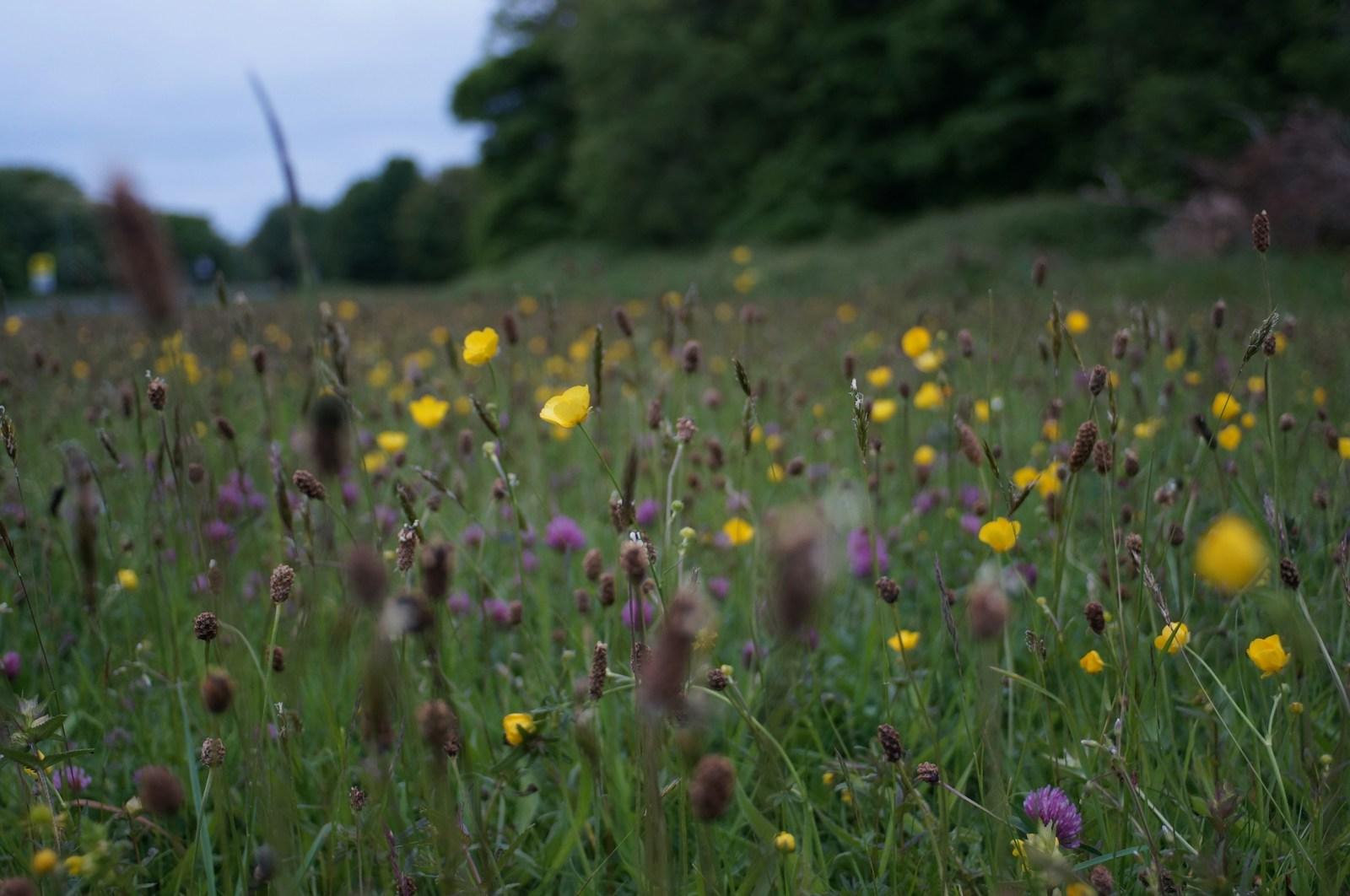Imagine Earth as a vibrant tapestry, woven with threads of countless species – from towering redwoods to the tiniest insects. This breathtaking diversity, known as biodiversity, is the very foundation of a healthy planet. But this tapestry is fraying at the edges. Biodiversity loss, the unprecedented decline in the variety of life on Earth, has become a major environmental threat.
Table of Contents
ToggleDecoding the Causes: Why is Biodiversity Vanishing?
The tapestry’s threads are unraveling due to a complex interplay of human activities:
- Habitat Loss and Fragmentation: Forests are cleared for agriculture, wetlands are drained for development, and coral reefs are bleached by warming oceans. These activities destroy and fragment natural habitats, leaving species homeless and isolated.
- Overexploitation: Unsustainable fishing practices deplete ocean stocks, while intensive agriculture wipes out natural predators, leading to overgrazing and ecosystem imbalance.
- Climate Change: Rising temperatures, shifting weather patterns, and ocean acidification disrupt ecosystems and threaten the survival of countless species.
- Invasive Species: Introduced plants and animals can outcompete native species for resources, disrupt food webs, and spread diseases.
The consequences of biodiversity loss are far-reaching. It weakens the resilience of ecosystems, jeopardizing vital services like clean air, water purification, and pollination. It disrupts food chains, impacting food security for millions. Ultimately, biodiversity loss threatens the very fabric of life on Earth, including our own well-being.
Weaving Hope: Restoration Projects Breathe New Life into Degraded Ecosystems
But amidst the bleak picture, glimmers of hope emerge. The restoration ecology movement aims to mend the fraying tapestry of life. These projects strive to restore degraded ecosystems and reintroduce lost species.
Think of it like mending the tapestry, thread by thread.
- Forest Restoration: Massive efforts are underway to replant trees, restore lost forests, and create corridors for wildlife movement. Drone technology is even being used to seed remote areas efficiently.
- Marine Restoration: Coral reefs are being nurtured through transplanting healthy corals and building artificial reefs to provide vital habitat for marine life.
- Rewilding: Large areas are being set aside to allow natural processes to reclaim control, enabling native species to return and ecosystems to heal.
These projects are not just about restoring landscapes. They’re about restoring the web of life, bringing back the symphony of species that keeps our planet healthy.
The Intrinsic Value of Biodiversity: Why Every Thread Matters
Beyond the ecological benefits, biodiversity holds intrinsic value. Every species, from the majestic tiger to the seemingly insignificant insect, plays a unique role in the intricate dance of life. Losing any species is like losing a thread from the tapestry, diminishing the richness and beauty of our planet.
Imagine a tapestry where vibrant threads are replaced with bland uniformity. That’s a future we must avoid.
Biodiversity also holds the potential for future discoveries. Many medicines and technological advancements come from the natural world. With every species lost, we lose a potential source of innovation and a potential solution to future challenges.
United Action: Weaving a Future Where Humans and Nature Thrive
The fight against biodiversity loss and the journey of restoration require a collective effort.
Individuals:
- Make conscious choices, from supporting sustainable agriculture to reducing your carbon footprint.
- Advocate for policies that protect biodiversity and support restoration efforts.
Governments:
- Implement stricter environmental regulations and invest in conservation initiatives.
- Facilitate collaboration between scientists, communities, and stakeholders.
Businesses:
- Integrate sustainable practices into their operations and support efforts to minimize environmental impact.
By working together, we can weave a future where human well-being and a vibrant biodiversity can coexist. It’s time to mend the tapestry, thread by thread, and ensure that the symphony of life continues to play on a healthy planet.
FAQs on Biodiversity Loss and Restoration
1. What are some everyday actions individuals can take to promote biodiversity?
- Plant native species in your garden to provide food and habitat for local wildlife.
- Reduce your consumption of meat and support sustainable food practices.
- Choose eco-friendly products and be mindful of your waste footprint.
2. How can technology play a role in biodiversity restoration?
Technological advancements like drone seeding, remote monitoring tools, and genetic analysis can support restoration efforts by increasing efficiency and providing valuable data.
3. What are some of the economic benefits of biodiversity conservation?
Healthy ecosystems provide essential services like water purification, pollination, and flood control, saving billions of dollars in environmental restoration costs. Biodiversity also supports tourism and recreation industries.







